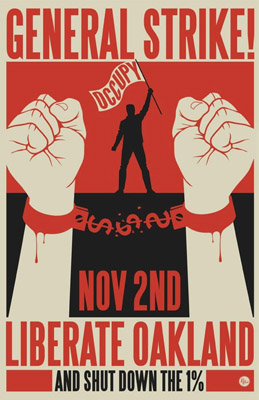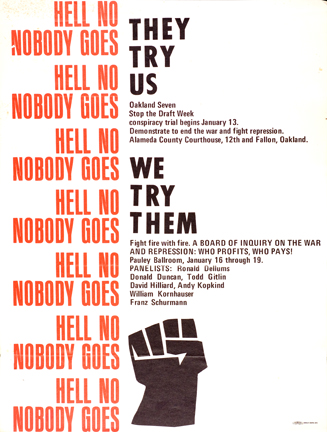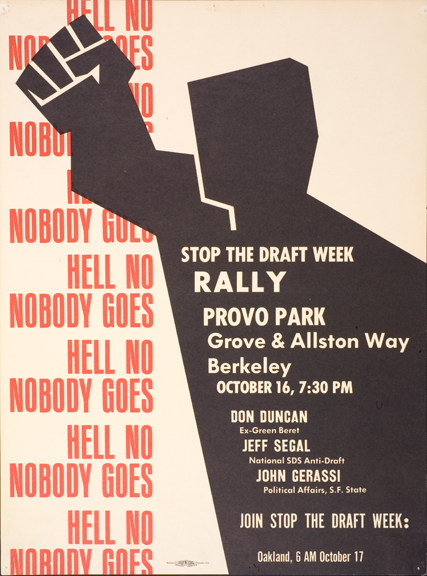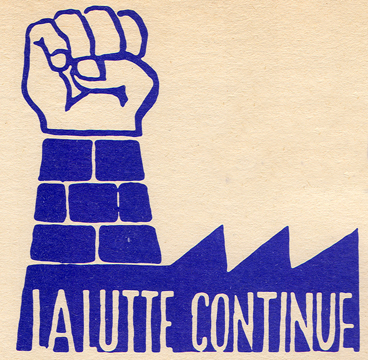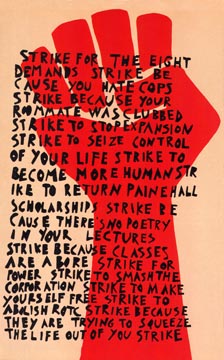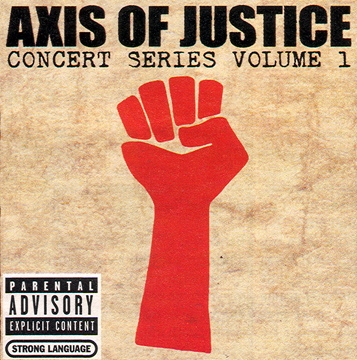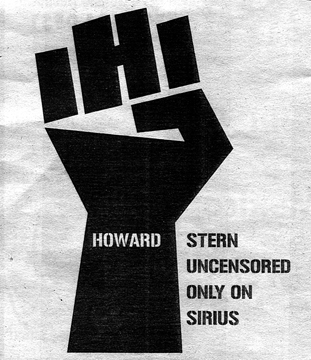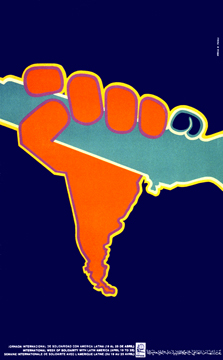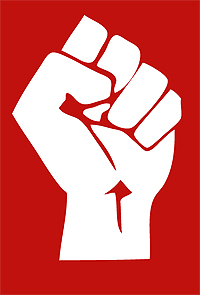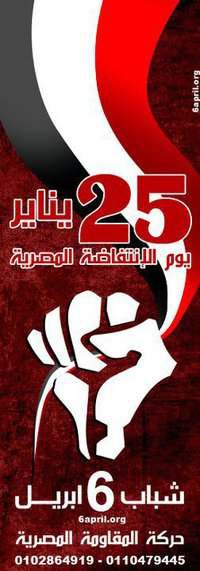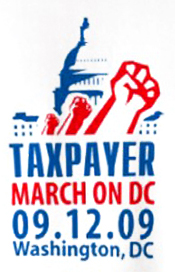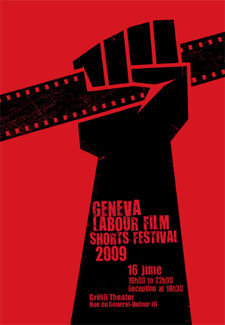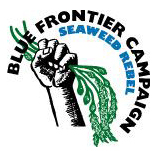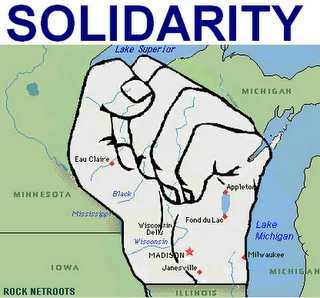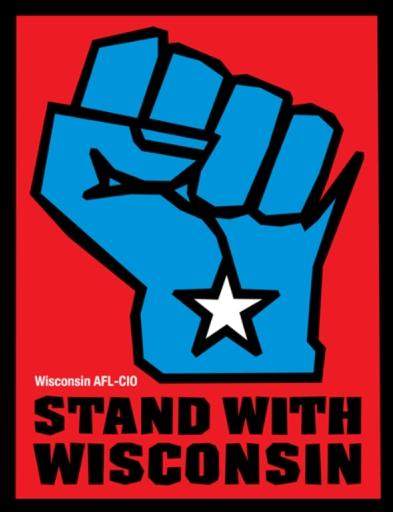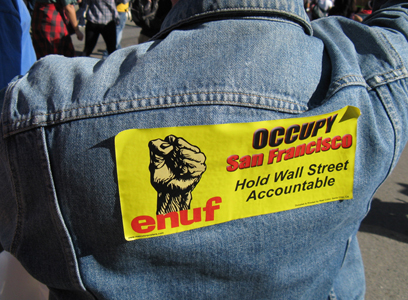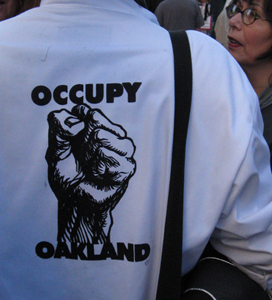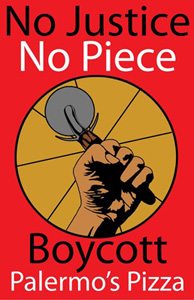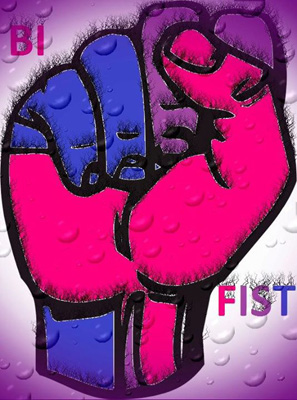| A brief history of the "clenched fist" image Lincoln Cushing, Docs Populi |
|
|
A persistent symbol of resistance and unity, the clenched fist (or raised fist) is part of the broader genre of "hand" symbols that include the peace "V," the forward-thrust-fist, and the clasped hands. The clenched fist usually appears in full frontal display showing all fingers and is occasionally integrated with other images such as a peace symbol or tool. The
human hand has been used in art from the very beginnings, starting with
stunning examples in Neolithic cave paintings. Early examples of the
fist in graphic art can be found at least as far back as 1917 [1], with
another example from Mexico in 1948 [2]. Fist images, in some form,
were used in numerous political graphic genres, including the French
and Soviet revolutions, the United States Communist Party, and the
Black Panther Party for Self-defense. However, these all followed an
iconographic convention. The fist was always part of something
- holding a tool or other symbol, part of an arm or human figure, or
shown in action (smashing, etc.). But graphic artists from the New Left
changed that in 1968, with an entirely new treatment. This "new" fist
stood out with its stark simplicity, coupled with a popularly
understood meaning of rebellion and militance. It was easy to reproduce
at any scale and modify (long lines of fists, sun rays of fists, etc.)
Michael Rossman and I have concluded that, to the best of our
knowledge, the moment this first occurred was a poster [3] by San
Francisco Bay Area graphic artist Frank's Cieciorka for Stop The Draft
Week, for actions January 14, 1968 protesting the arrest of the
"Oakland Seven" This poster was adapted from one he had done earlier
[4] for Stop The Draft Week (10/17/1967) that used a large, blocky
figure wielding a fist (which, in turn, had been preceded by a
poster with no graphic at all, and a less encompassing slogan).
That second poster took the fist and used on its own. This fist (or versions of it) was adopted by "the movement," appearing in numerous posters and flyers for student, antiwar, women's, and other political activities within the United States. It showed up almost immediately within the Students for a Democratic Society (SDS, which used it in a flyer for the 1968 Chicago National Democratic Convention protest)[5]. A virtually identical fist used in the 1969 Harvard student strike [7] traces its design to School of Design student Harvey Hacker. Other minor variants of these appeared in slightly different treatments around the U.S. A similar version, though probably evolved from different iconographic ancestry, appeared in the groundbreaking prints made by the Atelier Populaire Paris 1968 poster workshop [6]. Another version drawn by Frank Cieciorka also saw widespread dissemination [8]. As he describes it, "In the summer of ‘65 I had just returned to San Francisco after a year as a SNCC field secretary in Mississippi. I had been inspired by Jose Posada’s "corridos" (small woodcuts that sold for the equivalent of a penny in early 20th century Mexico). I had planned to do a series of small woodcuts & wood engravings in unlimited editions that I could sell for a buck apiece. The fist was the first wood cut of the series & became very popular." After the 1970’s use of the fist declined, but its persistence as a movement icon is evident by its occasional reappearance, as in a 2000 Women Take Back the Night flyer, the 2004 logo for a chapter of Earth First! [9], and the CD cover for progressive music nonprofit organization Axis of Justice [10]. As with all movement symbols, there is the real risk of appropriation by commercial culture - witness the "radical" shock-jock Howard Stern’s logo evoking the struggle to break free from FCC regulation [11], complete with an added crossbar across two knuckles making it an "H". The fist has been used in other countries -
note these examples from Cuba and Serbia. The international agency OSPAAAL
(Organization in Solidarity with the People of Asia, Africa, and Latin
America) based in Cuba issued several posters bearing the fist [12]
During the 1990s in Serbia, the clenched fist logo of OTPOR (the
student movement against the Milosevic government) was a well-known
political logo. The independent magazine Monitor was issued a
huge fine for publishing it; according to the authorities, the symbol
was equivalent to a "call for the violent overthrow of the
constitutional order."[13] Yet the militant fist continues to be coopted,
even
as a tool for capitalism [16] and right-wing and conservative groups
[17]. The other side uses this potent image for labor film festivals
[18] environmental activism [19], and the labor resistance in Wisconsin
[20, 21]. The fist has become universal, context is now crucial to
understanding its meaning. 2015: A
painting of a raised fist/clenched fist in the Bisexual Pride Colors
of
Pink Purple and Blue outlined in thick black lines, set on a lavender
to white gradient background. The words "Bi Fist" are also
written in Bi Pride Colors. The painting was then deliberately drenched
in water, which began the process of washing away the painting,
starting to cause some of the painting to start to run and dissolve
away. [27] There is a story within this story - that vast
amounts of work need to be put into better documenting and analyzing
our own history. One would think that there would be authoritative
treatises on such basic social movement icons as this image, but that
is not the case. Misinformation abounds. In researching this article I
ran across this statement on the website
of the Tom Robinson Band, an important though underappreciated
gay/revolutionary group from England, whose logo was a clenched fist
like SDS fist #5: "The TRB fist logo...was from a 19th
century miner’s union banner…" Inquiries to Tom led to a three-way
conversation in which the designer, Roger Huddle of Rock Against Racism
revealed he’d first seen it in a Black Panther context. The site has
since been corrected. Scholarship in this area suffers from the dual
stigmas of being "political" and involving poster graphics, which get
very little respect in this country. Alternative archives such as
Rossman’s AOUON
archive and the Center for the Study of Political Graphics in Los
Angeles are vital to our cultural health, and must be supported. Image data and sources: [16] Commercial
ad, Facebook (web grab) [18] Geneva Labour
Film Shorts Festival 2009 [22] Occupy Wall Street, 2011, web graphic, artist
unknown
Page created 1/25/2006; last updated 5/6/2021 Shaun
Slifer created this fist
images video loop.
|
|
|
|
|
